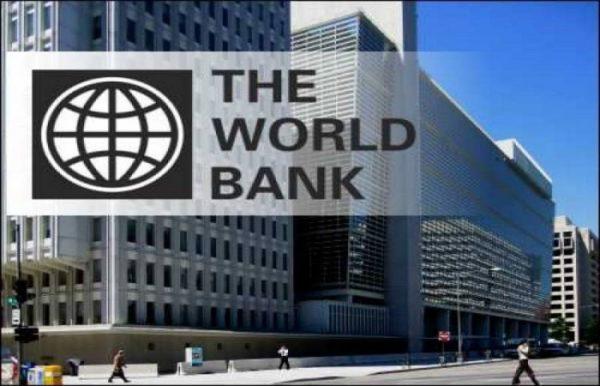Given “current growth rates,” the World Bank estimates that it will take the northern states 40 years to catch up to their southern counterparts.
The Bank observes that the pillars of the northern economy—agriculture, solid minerals, and manufacturing—have not seen rapid growth in recent years, contributing to the widening of regional inequalities.
The views are contained in Nigeria Country Economic Memorandum (CEM) the Bank released in Abuja on Thursday, with participants joining online from different parts of the world.
The 72-page report, titled “Charting a New Course,” which spans the years 2000 to 2021, highlights the primary patterns and forces behind growth and employment creation. It also identifies the main obstacles and chances for progress.
The report highlights the sharp gap between per capita levels of northern and southern states, saying, “the poverty rate is almost 20 times higher in Sokoto — the state with the highest poverty rate, at 87.7 per cent— compared to Lagos—the state with the lowest poverty rate, at 4.5 per cent” while quoting 2018/2019 data.
It notes that it will take the country about a decade to get back to per capita income level recorded pre-2014, that is, before the oil price shock that triggered the 2016 recession.


